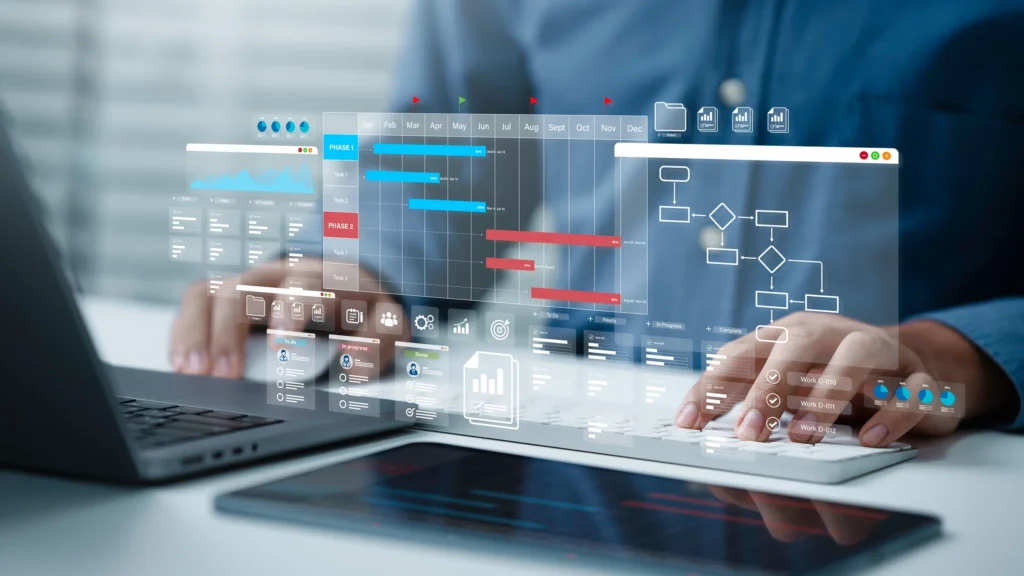In this training, I’m going to talk about three persuasive techniques you can use on your product page to convert more visitors into customers. So, let’s get into it!
Three Types of Buyers
There are a lot of different types of buyers out there, and each type acts differently. Typically, you have impulse buyers, logical buyers, and deal hunters. Here’s a quick breakdown of each:
- Impulse buyers: Buy based on emotion, without much thought.
- Logical buyers: Compare pros and cons, thinking logically before buying.
- Deal hunters: Need the right deal to be motivated enough to buy.
Converting All Buyer Types
With such varying buyer behaviors, how do you create product pages that convert all three types of buyers?
Evoke emotion.
Impulse buyers are the ones that act based on emotions when it comes to making a purchase, so you want to think about how you can make them “feel something” about your product.
The best way to do this is through storytelling.
You can talk about how your product has changed somebody’s life … how customers really love your product and how it has made their lives better, from Point A to Point B. Point A is usually an unsatisfied state, and Point B is where they’re happy because your product was the solution to their problem(s).
For instance, you could tell a story about a customer whose dog was having joint problems, couldn’t run and play like she used to, and struggled with stairs and jumping up on the couch (Point A). But, after using your product, their baby girl is now pain-free, beautifully mobile, and able to run and play like a puppy again (Point B).
This type of story really builds rapport with and evokes emotion in someone who is considering buying your product for their own furry family member suffering with the same problem. It makes them think that if your product could solve this problem for someone else’s dog that it can do the same for theirs … And that’s more than enough to inspire them to buy your product on the spot.
So, the best and most effective thing you can do to secure the sale with impulse buyers is to tell stories about your products that elicit strong feelings.
Address objections.
Logical buyers are the analytic types that ask questions and think, “This looks great, but what if?” More often than not, they’ve had a bad experience that’s making them hesitant and want to thoroughly consider a purchase from all angles before taking the plunge.
Maybe they bought something online in the past and got scammed, or purchased products similar to yours before and they didn’t work. Or perhaps they’ve had negative customer service- or shipping-related experiences with previous online purchases, so they have doubts and what-ifs swirling around in their mind.
This is where UVP (unique value proposition) icons come in.
Your unique value propositions could be things like:
- 60-day money-back guarantee (if the product doesn’t meet expectations)
- Free two-day shipping (to assuage nerves about getting their package in time)
- 24/7 customer service (so they know support is available if something goes awry)
These are the types of objections that a logical buyer could have, and you need to handle them individually right away on your product pages. UVP icons that catch people’s attention serve as a quick way to convey your objection-squashing message and ease their minds about buying from you.
Implement scarcity.
Deal hunters … These are the buyers who are looking for a killer deal. And because these types of deals are typically time-sensitive, you want to appeal to deal hunters’ desire to not miss out (because the deal won’t last forever).
You can do this by creating a sense of urgency.
For example, you could say something like:
- “Limited stock”
- “Limited-time only”
- “20% off ends Friday”
And once there’s that FOMO (fear of missing out), you’ve got the sale in the bag.
Important note: When using scarcity, always make sure that it’s legitimate (not “false scarcity”) to keep things honest and ethical.
Product Page Layout
Now that you understand the three types of buyers and their buying behaviors, here’s where to place elements for each on your product page:
- Impulse buyers: Top of the page
- Logical buyers: Middle of the page
- Deal hunters: Bottom of the page
Wrap-up
When you have these elements lined up as outlined above (assuming your copy, product images, UPVs, etc. are on point), you’ll be able to clinch the sale with all three types of buyers and have high-converting product pages!
That’s it for today’s training, I hope you enjoyed it. And if you want to learn more about what Build Grow Scale does or how we can help you take your ecommerce business to the next level, go to workwithbgs.com and schedule a free strategy session with one of our Revenue Optimization™ experts. We’d love to hear from you!

